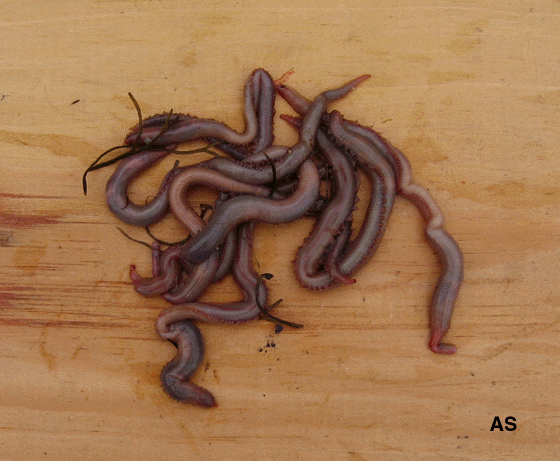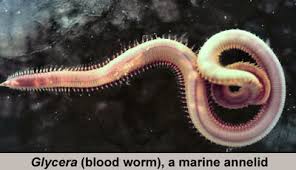

“Jackson Lab and other places use them because their blood is like human blood. They are also dried, ground up and used as food for aquarium fish. The worms are highly sought after as bait for recreational fishermen. When they encounter prey, they chomp down on the creature and inject it with a toxin. Bloodworms have four “teeth” connected to glands. The worms are so named because their blood shows through their pale skin giving them a faint pink color. Bloodworms and their cousin, sandworms, are found in the silty clay or mud of Maine’s extensive mud flats. Those were good hoes,” Renwick continued.ĭigging blood worms is a longstanding business in Downeast Maine. He would cut the length he wanted from the springs and attach it to the tines. “He made worm hoes from old baby carriages. He quickly took to the trade under Orcutt’s tutelage.

Each blood worm brought Renwick four cents. I dug 92 worms that first day,” Renwick said, smiling at the memory. “I had my peanut butter bucket and a hoe. He took his son over to Dick Orcutt in nearby Franklin to learn the art of digging blood worms. When Renwick turned twelve, his father, James Renwick, decided it was time for him to make some real money. He always headed back in for noon dinner and then went fishing around here in the afternoons.” Photo by Melissa Waterman. “I baited bait bags for him for a dollar a day. “My grandfather tied me to the bait tub so I wouldn’t go overboard,” he recalled with a smile.

They are the product of many years of hard labor on the part of Renwick, who began lobstering when he was eight years old. Renwick’s house overlooks Schoodic harbor. “We had this one bred,” he says, gesturing to an enormous dog lounging on a picnic table. His blue eyes gleam even brighter in the late afternoon sun as he ushers his five big dogs away from a visitor to his Birch Harbor home. First published in the MLA Newsletter, October, 2012.


 0 kommentar(er)
0 kommentar(er)
